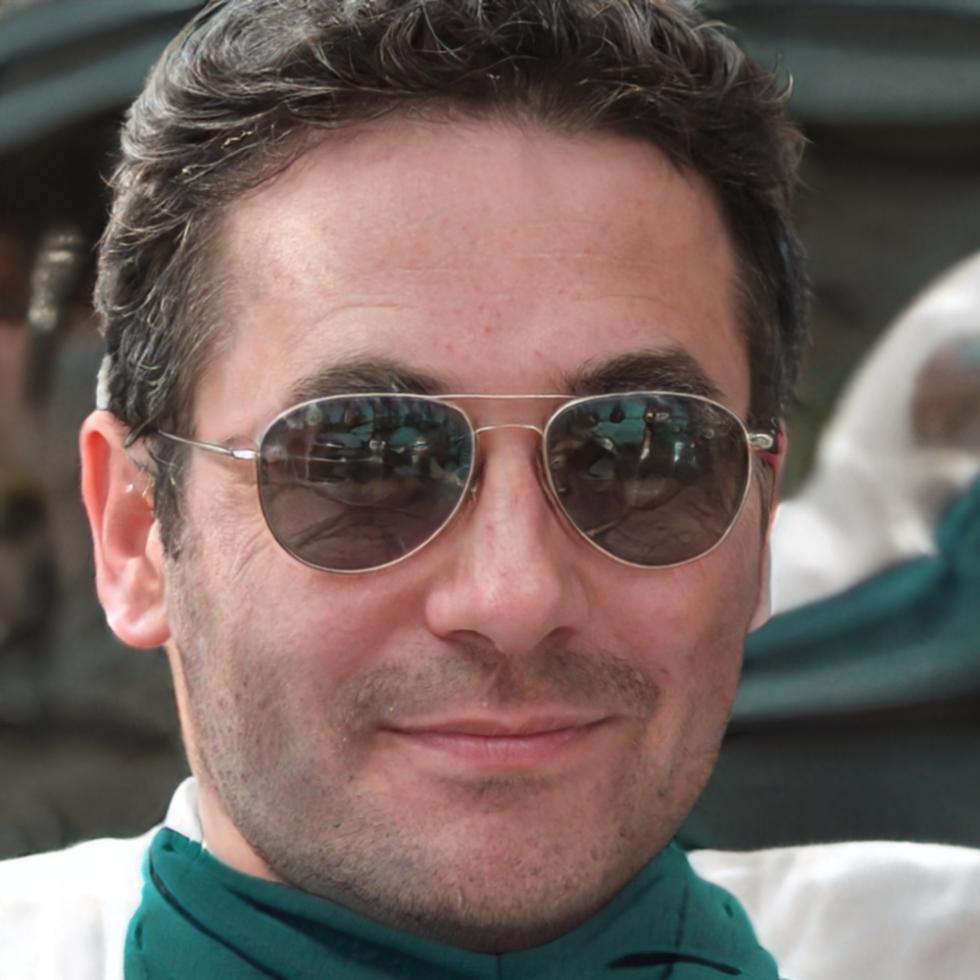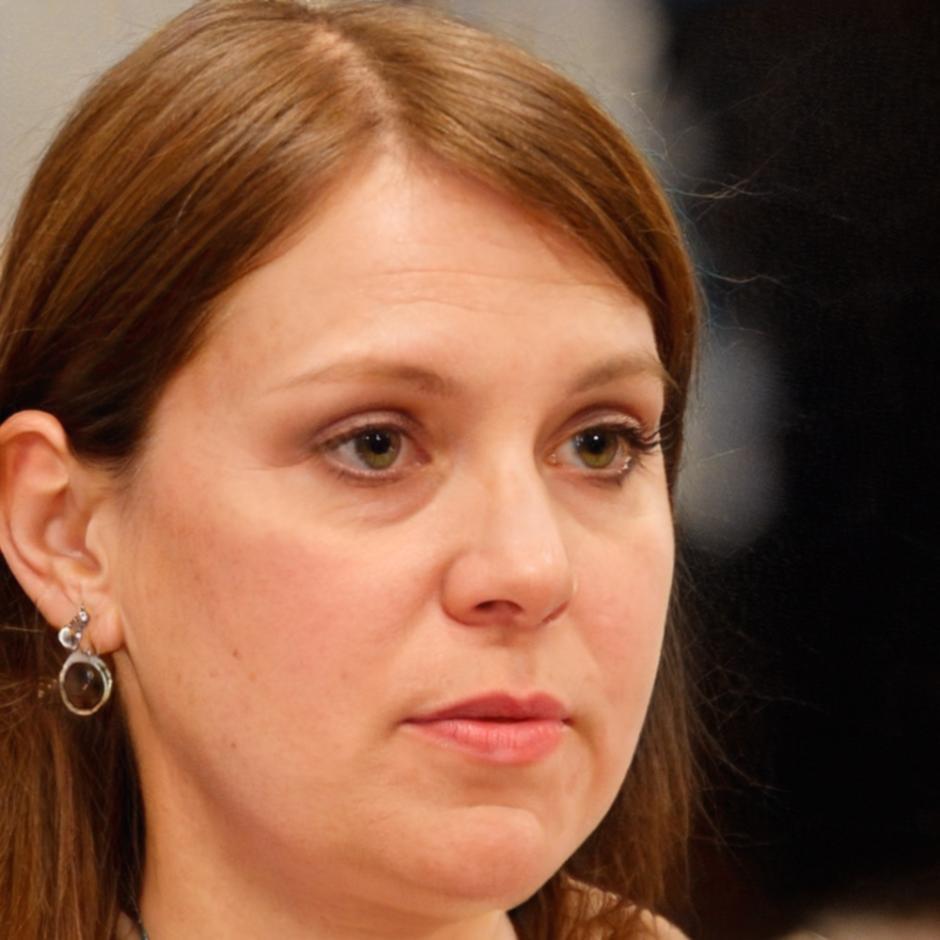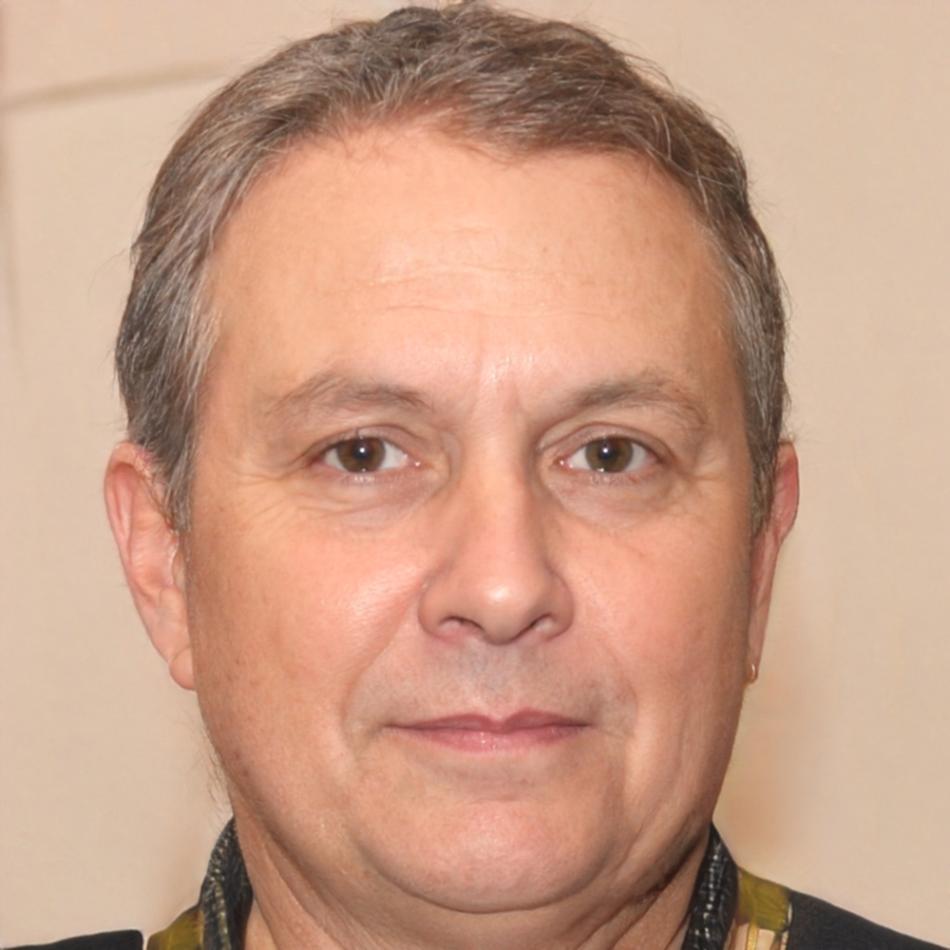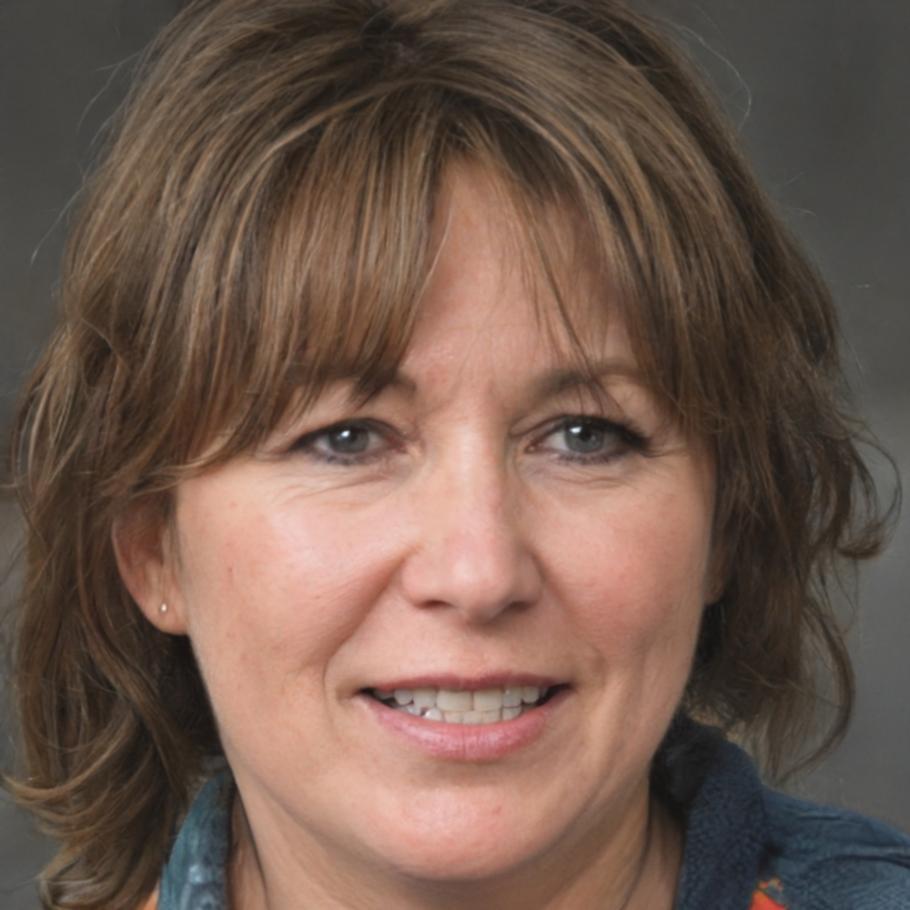Master 3D Game Design Through Expert-Led Learning
Join our comprehensive program where industry professionals guide you through real-world game development projects. Build your portfolio while learning from mentors who've shipped actual games.

Three-Phase Learning Journey
Our program takes you from foundational concepts to advanced implementation through structured phases that build on each other naturally.
Foundation & Fundamentals
Master the core principles of 3D modeling, texturing, and basic animation. You'll work with industry-standard software while learning design theory that informs every decision.
- 3D modeling techniques and workflows
- UV mapping and texture creation
- Lighting principles for game environments
- Basic character and prop modeling
Advanced Design & Integration
Dive deeper into complex modeling, animation systems, and optimization for real-time rendering. Learn how your assets fit into actual game engines.
- Advanced character rigging and animation
- Environment design and world building
- Game engine integration workflows
- Performance optimization techniques
Portfolio & Specialization
Focus on your chosen specialization while creating portfolio pieces that demonstrate your skills to potential employers or clients.
- Specialized track selection
- Portfolio project development
- Industry feedback and iteration
- Professional presentation skills

Karim Rashad
Karim spent eight years at major studios working on AAA titles before transitioning to education. His approach focuses on practical workflows that actually work under deadline pressure.

Nadia Fawzy
After working on mobile and console games for six years, Nadia brings real-world experience to character creation. She emphasizes efficient modeling techniques that look great and perform well.

Ahmed Saeed
Ahmed bridges the gap between art and programming. His background in both 3D art and engine programming helps students understand how their work fits into the bigger picture.

Yasmin Khalil
Yasmin brings a design thinking approach to 3D work. Her background in both traditional design and game development helps students create visually cohesive experiences.
How We Actually Teach
Our methods come from years of training junior artists in professional studios. We focus on what works in real production environments.
Project-Driven Learning
Instead of isolated exercises, you'll work on interconnected projects that build toward complete game assets. Each assignment connects to the next, creating cohesive portfolio pieces.
Peer Review Sessions
Regular critiques with classmates mirror the feedback process in professional studios. Learning to give and receive constructive feedback is crucial for career growth.
Industry Workflow Focus
We teach the processes and shortcuts professionals actually use. Time management, file organization, and efficient iteration are as important as artistic skills.
Technical Problem Solving
When things break or don't work as expected, we show you how to troubleshoot. Technical problem-solving skills separate junior artists from senior ones.
Iterative Improvement
Professional work rarely gets approved on the first try. Our revision process teaches you how to iterate efficiently while maintaining creative vision.
Real Engine Integration
Your art needs to work in game engines, not just look good in renders. We test everything in actual game environments from day one.
Upcoming Program Schedule
Our next cohort begins in September 2025. Here's what the enrollment process looks like and key dates to remember.
Application Opens
Submit your application with portfolio samples and personal statement. We review applications on a rolling basis, so early submission is recommended.
Portfolio Reviews
One-on-one sessions with instructors to discuss your current work and program fit. These conversations help us understand your goals and experience level.
Final Enrollment
Enrollment closes and final class list is confirmed. Pre-program materials and software setup information sent to enrolled students.
Program Begins
First day of classes with orientation and initial project assignments. The intensive learning phase officially starts with your first modeling project.
